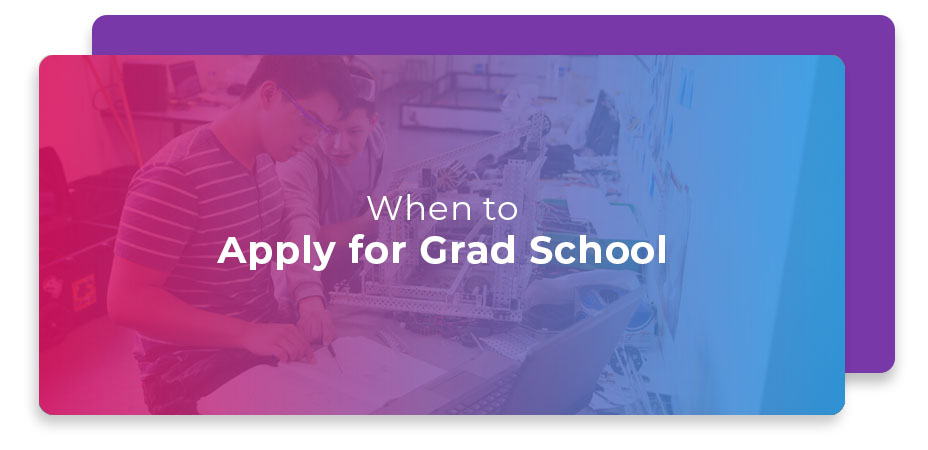Concurrent enrollment allows high school students to take college courses and earn both high school and college credit simultaneously. These programs provide academic advancement, reduce college costs, and prepare students for higher education.
Want a jumpstart on college? There is a way to begin college early. Concurrent enrollment is dual enrollment in accredited college courses while you’re still in high school or while attending a career tech center. High school juniors and seniors, who qualify academically, have the opportunity to take college courses for free or at a reduced rate. 63% of colleges report that completing dual enrollment courses increases the likelihood of being accepted to college, according to the National Alliance of Concurrent Enrollment Partnerships (NACEP).
How to Qualify for Concurrent Enrollment
Each state determines how students will become eligible to enroll in concurrent enrollment. Requirements may include:
- Minimum grade requirement
- Minimum ACT or SAT score
- Entrance exam
- Recommendation by a school administrator
- Participation in certain high school courses (i.e., prerequisites)
You’ll want to check with the school counselor or a school administrator for eligibility requirements at your school site.
How Does Concurrent Enrollment Work?
Once eligibility requirements are met, the delivery of college instruction varies according to the school district and the cooperating college. The NACEP reports students may travel to the college site to take classes, college faculty may travel to the high school (or tech center) for classes, or students may take college classes online. In some instances, high school faculty may teach college courses. Successfully completed college courses receive a transcript issued from the cooperating college.
Benefits of Concurrent Enrollment
Concurrent enrollment offers multiple advantages for higher education pathways, including:
- Lowered cost: Students may even receive a tuition fee waiver to make the tuition costs free.
- College credits: Students can complete required entry college classes.
- Level up: Students have a better understanding of college-level expectations.
Research also suggests that concurrent enrollment has a positive impact on course completion later during the college years.
Check Out the Fine Print
There are a few challenges to students completing college credits obtained through dual enrollment. A report by collegiate academic advisors stated that some high school students have completed college credits through concurrent or dual enrollment that do not apply to their degree program. They may also have taken college courses from one cooperating college that are non-transferable to another college.
You can anticipate these potential hurdles by consulting with your high school counselor and a collegiate academic advisor from the cooperating college to make sure that the courses taken are right for your future college ambitions. If there is any question about the applicability of a college course, it’s best to contact the college admissions office or the undergraduate advisement office for information.
Take Your Future Goals Into Consideration
Concurrent enrollment can help transition and prepare you early for college, and it gives you a preview of what to expect in a college course. If you are enrolled in college classes while in high school, check out which classes you need for a degree program or are transferable to another college of your choice. Concurrent enrollment is an affordable way to jumpstart your college education.
Want to explore colleges and degree options? Join Tallo today to start a profile and connect with the higher education community.
Popular Questions
Below are common questions we get asked about this topic.
How does concurrent enrollment benefit high school students?
Concurrent enrollment offers several benefits to high school students:
– Save money on college tuition
– Get a head start on college education
– Experience college-level coursework
– Explore potential majors and career interests
– Strengthen college applications
– Potentially graduate college earlier
Where are concurrent enrollment courses typically taught?
Concurrent enrollment courses can be taught in various settings:
– At the high school campus by qualified high school teachers
– On a college campus by college professors
– Online through partnering colleges or universities
How much does concurrent enrollment cost?
The cost of concurrent enrollment varies depending on the program and location. Many programs offer reduced tuition or even free courses for high school students. For example, some school districts cover the tuition costs, while students may only need to pay for textbooks and supplies.
This makes concurrent enrollment a cost-effective way for students to earn college credit and save money on their future college education







